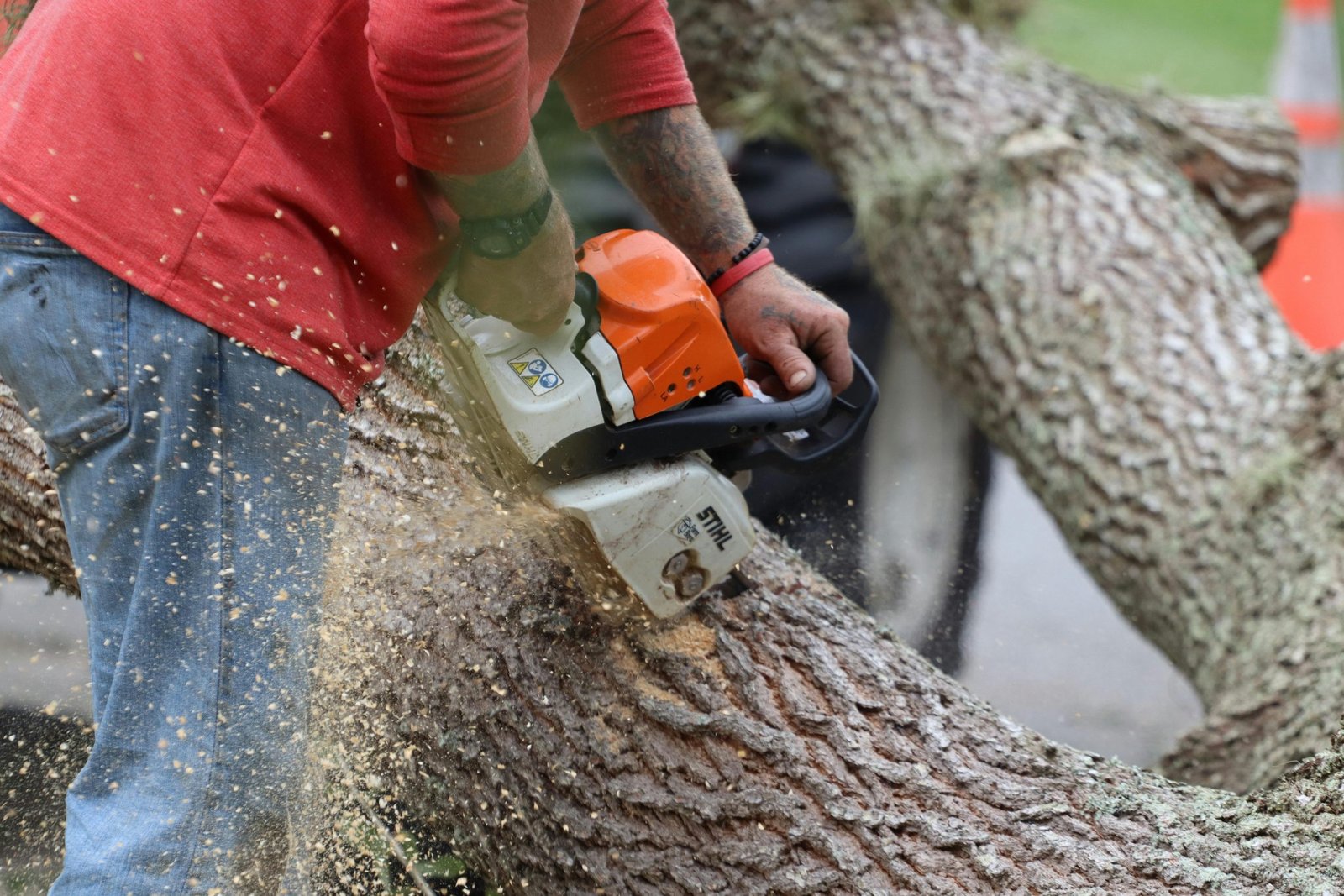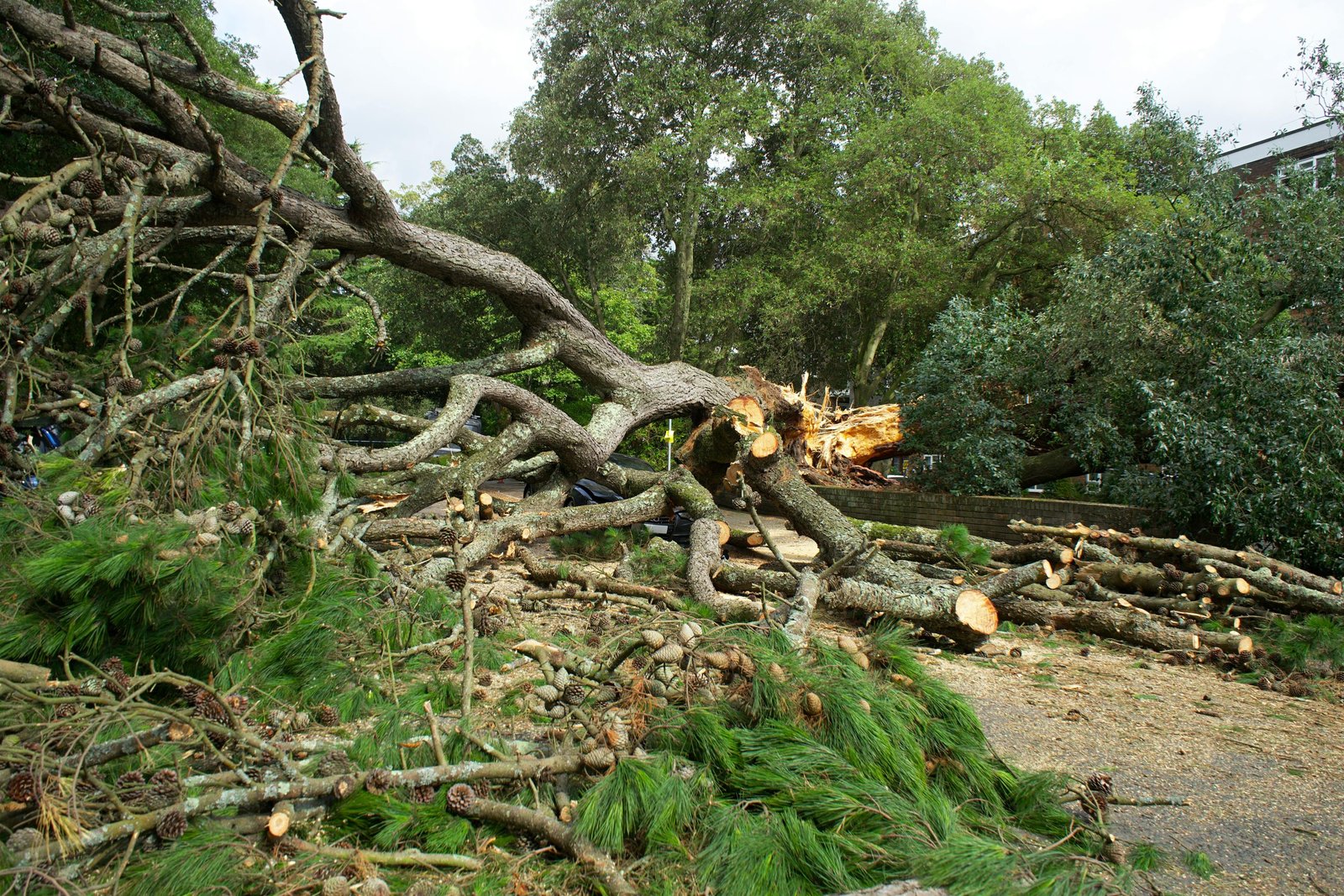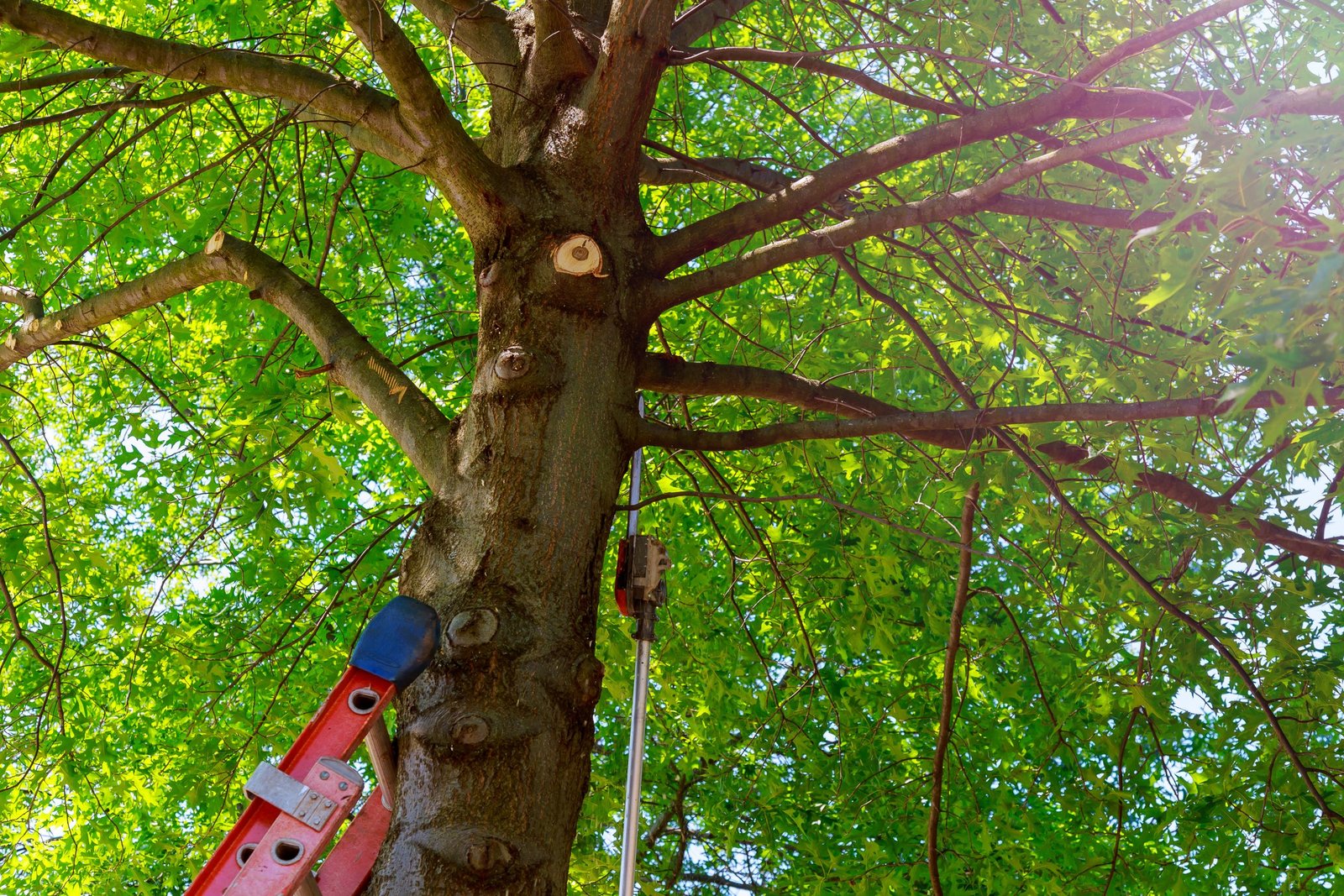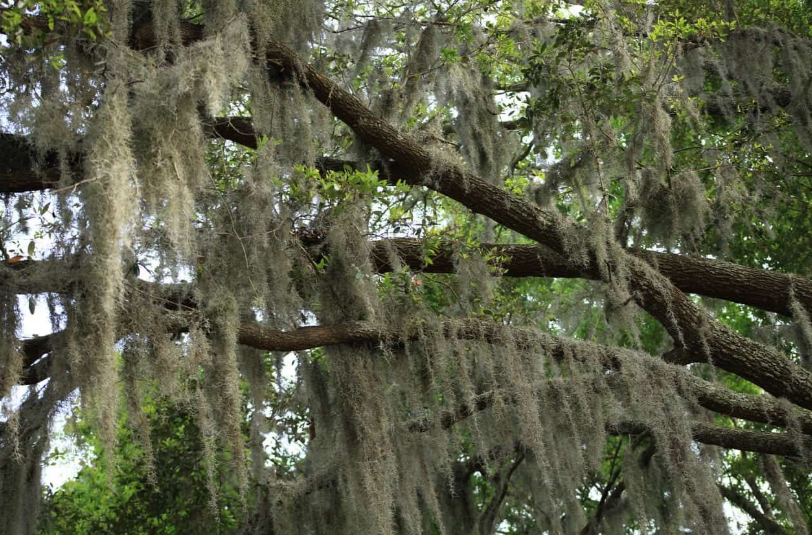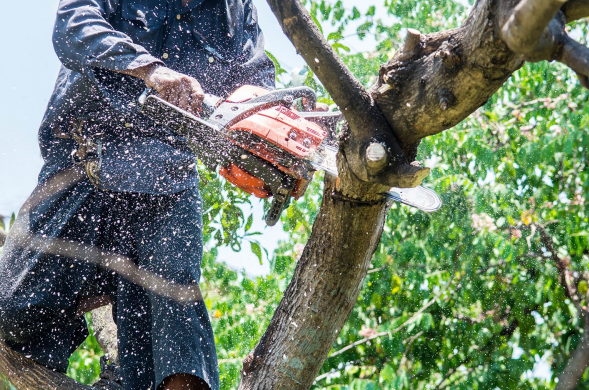Do you know that in urban areas 80% of tree damage is caused by the weather? Yes, it is true! The USDA Forest Service has reported this. Trees are resilient but they have to face many challenges like storms and temperature fluctuations. Homeowners should understand how weather affects them because it is more than a matter of just landscaping. It is more about property safety, environmental responsibility and investment. From ice storms that snap branches to high winds that make your tree fall, every season carries risks. Let’s find out what the challenges are and how you can prevent it
1. Wind Damage: The Invisible Force That Topples Giants
Strong winds, especially during hurricanes, thunderstorms, or nor’easters, can break your trees into bits. It can break limbs and split trunks. Crown twisting and wind throw are some common problems that even mature trees face during storms. Compacted soil and overgrown canopies also contribute to weakening trees, thereby posing a safety risk.
To minimize wind damage:
- Prune regularly to balance canopies.
- Avoid planting large trees in exposed and windy locations.
- Conduct routine risk assessments.
2. Rainfall: The Double-Edged Sword
Water is essential but excessive rainfall can suffocate tree roots. It promotes fungal infections and destabilizes your soil.
Flooding conditions lead to root rot. Trees like dogwoods and cherries are most susceptible to this. Further, the lack of oxygen in saturated soil weakens root tissues. Drought-tolerant trees suffer from the following symptoms:
- Wilting or scorched leaves
- Premature leaf drop
- Slower growth rates
The solution? Install mulch rings, adjust irrigation during dry months, and select climate-appropriate tree species to combat temperature.
3. Temperature Extremes
Trees are sensitive to temperature change. Be it late frosts or a sudden warm spell, can kill new growth and reduce fruit production.
Freeze-thaw cycles can also cause frost cracks in the bark. These vertical splits damage and tree structure. It also provides entry points for pathogens and insects. In hot and arid zones, prolonged heat can:
- Cause sunscald on bark
- Trigger premature dormancy
- Lead to leaf scorch and dehydration
4. Snow & Ice: Weight That Breaks the Backbone
Snow and ice accumulation can exert unbearable pressure on trees. Coniferous trees, such as cedars and spruces, are most prone to this as their needles hold onto the weight.
Ice storms are among the most devastating weather events for trees. They cause multiple limb failures and hinder nutrient transport by freezing and damaging vascular tissues.
Preventative tips include:
- Cable bracing for multi-trunk trees
- Pruning weak or crossing branches
- Avoid salt application near tree roots. This worsens the freeze damage
5. Lightning Strikes
Lightning strikes can explode tree trunks. It boils the sap instantly and causes fires. Taller trees like oaks and pines mostly get struck. Why so? Due to their height and moisture content. Signs of a lightning-struck tree include any split bark, wilting of leaves or oozing wounds
Even if they survive, they weaken and become susceptible to pests and decay. For any valuable tree, homeowners can install lightning protection systems like any copper rods and grounding wires by professionals.
6. Drought
Drought acts slowly. It is one of the most underestimated threats to tree health. Without consistent water, trees reduce transpiration and photosynthesis. This weakens their overall vigor.
Symptoms of drought stress:
- Small, curled, or pale leaves
- Delayed leaf-out in spring
- Increased vulnerability to borers and cankers
Mature trees need water during prolonged dry periods. Deep root watering once every 2–3 weeks is beneficial than shallow watering during dry spells. You can also opt for drip irrigation systems, gator bags for young trees, and mulching to reduce drought stress.
7. Seasonal Transitions
Spring is a vulnerable season. In this season, the growth spurts are fueled by melting snow and early rain. If followed by cold snaps or storms, young shoots get damaged or die. Fungal pathogens like anthracnose thrive in wet and warm spring environments, thereby affecting sycamores and ash trees.
In fall, trees transition to dormancy. However, early frost or extreme temperature dips can halt this process. It leaves trees unprepared for winter. Avoid pruning in fall to prevent new growth as the tree won’t harden before winter and opt for seasonal care like applying compost in spring.
8. Air Pollution & Urban Heat Islands
Trees face added pressure from heat-absorbing surfaces like asphalt and concrete. This creates urban heat island effect. Growth can also be inhibited by airborne pollutants such as ozone, sulfur dioxide, and nitrogen oxides. Chlorosis (yellowing of leaves) can occur, and trees may even die when these pollutants affect the air and water quality.
Solutions include:
- Planting drought and pollution-tolerant species like honey locusts or ginkgo
- Using permeable pavements around your trees
- Regular watering during heat waves
9. How to Identify a Weather-Stressed Tree
Trees may become a safety hazard anytime, especially during the next storm. Watch for:
- Leaning or cracked trunks
- Mushrooms or fungal conks at the base (sign of internal rot)
- Bare canopy or excessive deadwood
- Cracks and cankers
- Wounds that ooze sap
- Peeling of bark or discoloration
10. Prevention and Professional Support
To protect your trees, opt for proactive tree care. Do not just clean up. Always:
- Plan yearly inspections before and after the stormy times of the year.
- Cut branches with a plan. Never top a tree because it weakens new buds.
- Plant trees according to your local hardiness zone.
- Use mulch and water to stabilize soil temperature and moisture.
- Use cable or brace systems for older trees and those with many stems.
Conclusion
Weather can change without warning, but your reaction does not need to. When you know how different conditions, like strong winds as well as dry spells, affect a tree’s health and safety, you can take action timely manner. This also helps to protect your property and trees.
Don’t wait for the next storm to find out about the health of your tree. Always stay one step ahead with smart care. Want to hire a professional? Hire our experts at BX Tree Service to secure your lifelong investments. We are passionate about maintaining the health of your trees.


